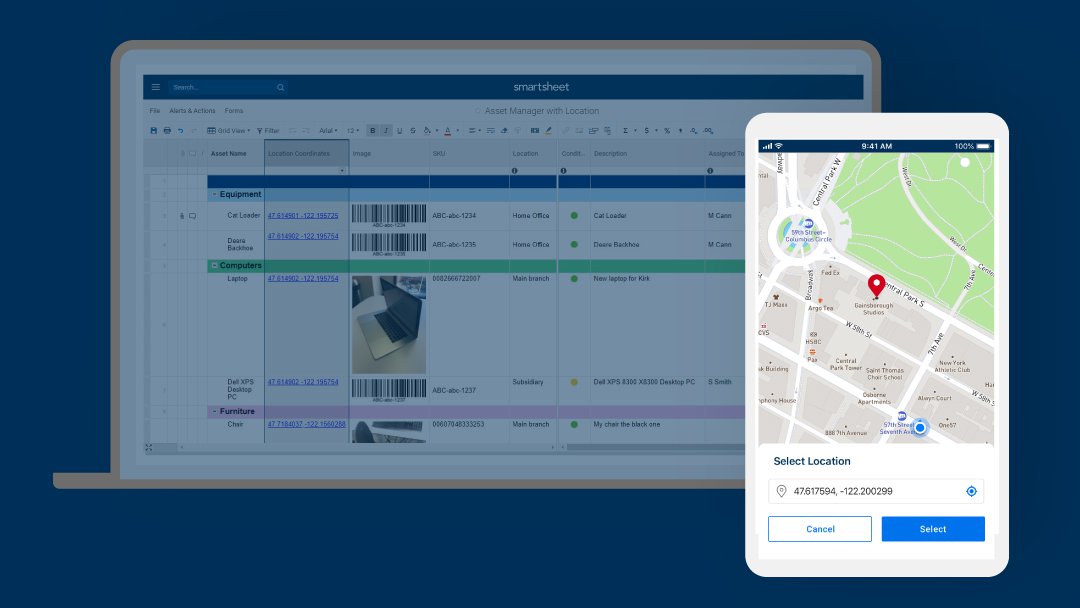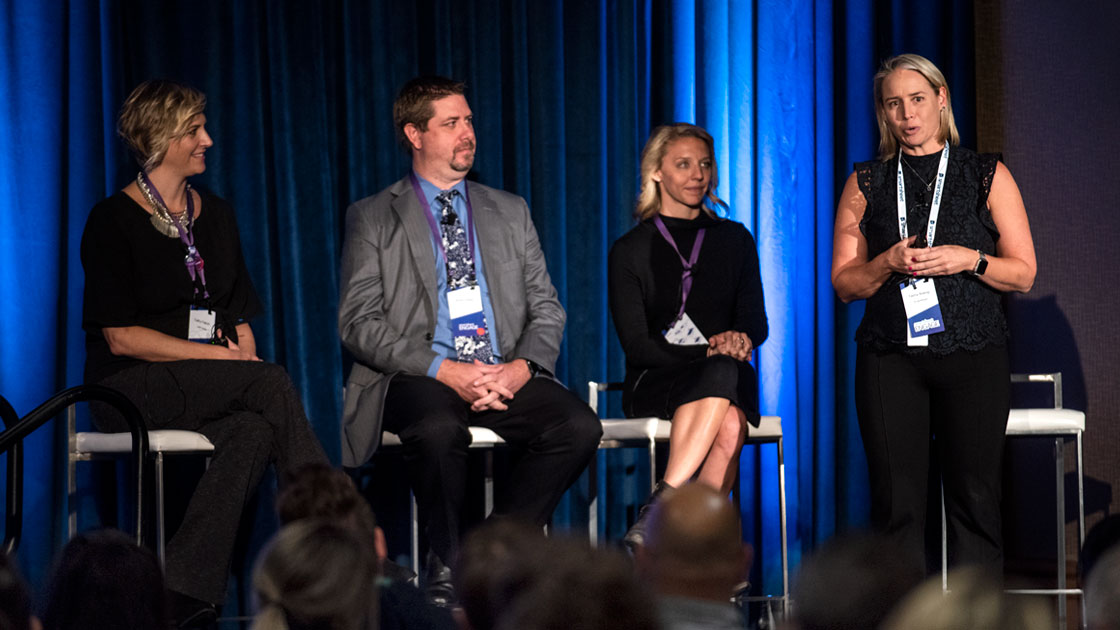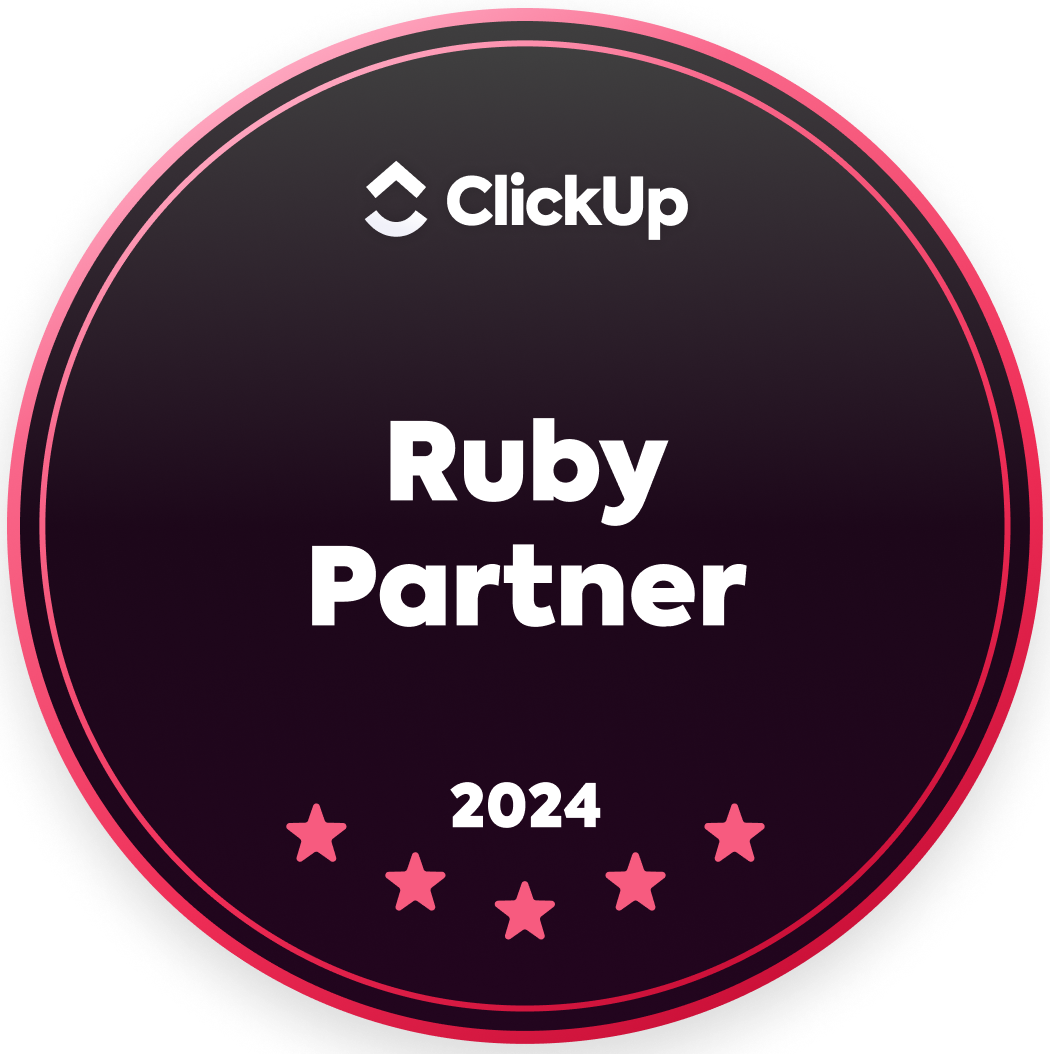|
by Stephen Danos The need for businesses to adopt technology and software platforms has evolved at an accelerated pace. For companies and IT teams striving to become more agile, the technology they adopt needs to enable faster decision making while ensuring the administrative controls and data security vital to scaling software platforms across their entire organization.
In a recent report, McKinsey found that agile organizations have a “70 percent chance of being in the top quartile of organizational health,” which is attributed to their ability to achieve customer centricity, quicker time to market for developing products, increased revenue growth, reduced costs, and better employee engagement. The report also identified characteristics that successful agile organizations have in common, including a willingness to embrace next-generation enabling technology. by Staff Writer At some point, just about every decision made in a large organization requires stakeholder buy-in – and when it comes to purchasing new software platforms for the business, you need to get your IT decision makers on board.
Though “shadow IT” (the use of software and other information technology outside of IT’s purview) is common in many organizations, taking a rogue approach to tech adds risk to any technology project. This can make it harder to apply holistic, company-wide approaches and processes, or introduce security risks that non-technical employees may be ill-equipped to deal with. When business and IT leaders are aligned, companies are better able to find solutions that successfully support employee needs and organizational objectives with fewer downsides. But while one recent literature review from Stockholm University found that business-IT alignment is associated with better overall performance, the study also noted that for many companies, getting everyone on the same page is typically an elusive feat. by Brendan Reed Logging specific location details and information related to location can be challenging, especially in places where a simple street address doesn’t apply. One of our customers’ most frequently requested mobile capabilities is a more accurate way for teams in the field to capture and share precise location data with others in the organization. We want to empower you and your team with easy access to the information they need from the field.
by Stephen Danos Customer experience and engagement have a tremendous impact on a company’s financial outlook, making these factors front of mind for companies across every industry. Yet customer lifecycle management encompasses more than money.
This process can generate and sustain goodwill and loyalty, help grow a business’s customer base, increase acquisition and retention, and more. At Smartsheet ENGAGE’18, presenters from Marketo, SAP Ariba, and CAVU Aerospace shared insights into how they use Smartsheet for customer-centric operations to support customer success initiatives. Here’s how they collaborated with and provided real-time visibility to their customers, leading to refined workflows and improved customer experiences. by Staff Writer The success of your business depends on your ability to offer clients speed, consistency, and a high level of quality — and to do it again day after day and quarter after quarter. But as more businesses recognize the importance of providing seamless customer experiences across the supply chain, delivering customer satisfaction is no longer a competitive differentiator — it’s a business imperative.
While each customer is unique, there are common tasks and functions involved in managing these vital relationships, whether you work with just a few customers or hundreds of thousands. An ability to implement standard processes to guide each stage of the customer relationship can improve your ability to best serve each individual customer and also help you scale your business. To help you meet your customers’ needs at every stage, we’ve designed these five templates and template sets to get you up and running in Smartsheet in no time. by Staff Writer When it comes to working remotely, 16th-century poet John Donne may have said it best: “No man is an island entire of itself …”
Yet too often, remote workers exist on virtual islands, cut off from the day-to-day rhythm of business and one step removed from the company and team goals. This experience can be isolating for employees— and costly for business. by Dan Sills Managing complex projects and processes requires precision and control. You never want to be caught off guard after someone changes data or removes key project details from your sheet.
In order to prevent unexpected changes and stay on top of important updates to your work, you need a work execution platform that enables you to easily manage and track collaboration. With Smartsheet, sheet owners and admins can improve transparency and rest assured knowing their sheet information is protected with these easy-to-use features. by Staff Writer Just because something is ubiquitous doesn’t mean it’s the better way. There are countless examples of products and tools that though popular simply don’t deliver on their promise. And within businesses of all sizes, one of the biggest culprits is spreadsheets.
Though a majority of businesses use spreadsheets in various capacities, these tools are often used by default without anyone giving serious consideration to the benefits or costs they offer compared to other solutions. In the drive to improve efficiency and cost effectiveness that’s slowly starting to change: one report focused on finance and accounting professionals, for example, found that Excel usage for budgeting and planning purposes dropped six percentage points from 2017 to 2018, to 63 percent. This suggests that many businesses have yet to evaluate the hidden productivity toll and other costs of managing work in spreadsheets. Here are seven ways that using spreadsheets to manage tasks and projects can cost your business. by Renee Coulombe In order to help you work more efficiently, Smartsheet has four views that enable you to see and work with your data in different ways. These views help provide project clarity and visibility and let you work using your preferred way to visualize information related to your projects and processes.
Grid view, the standard view you see when setting up your sheets, displays your data in a spreadsheet format. This view is a great place to start when setting up project information and task requirements. However, exploring the three other views in Smartsheet can help you see your data in new ways, quickly visualize timelines, and organize tasks into actionable groups. Learn how card view, Gantt view, and calendar view enable you to take your sheets to the next level, expand your view, and help you work more effectively: by Praerit Garg I recently joined Smartsheet as the company’s Chief Technology Officer, and it’s the opportunity of a lifetime in many ways. I was looking for an exceptional opportunity, and I feel like I’ve found that at Smartsheet. Here are three reasons why: 1. Working on The Killer App of the DayI started my career at Microsoft, and worked my way up to General Manager before leaving to build my own company, which was eventually acquired by Quantum. Most recently, I’ve been working at Amazon Web Services for the past four years, leading teams that build and operate some of the most foundational services that power all of AWS.
|
|
Care line: +603-9212 0157
|
Leave us your inquiry |
|
This company is registered with the Ministry of Finance, Malaysia.
57Network has been helping global companies in digitizing work management for greater transformation. Copyright © 2024 57Network Consultancy Sdn. Bhd. Company Registration number : 202001020346 (1376666-K) (Formerly FIFTY SEVEN NETWORK since May 2015). All rights reserved. |








